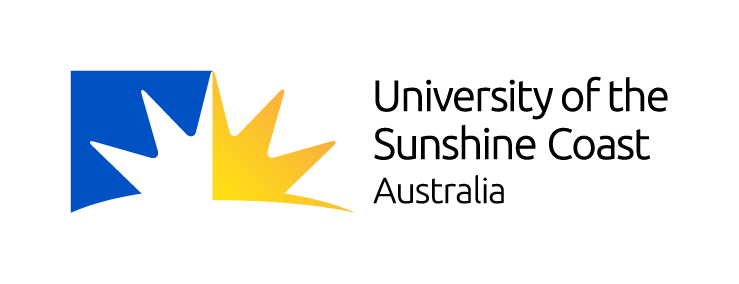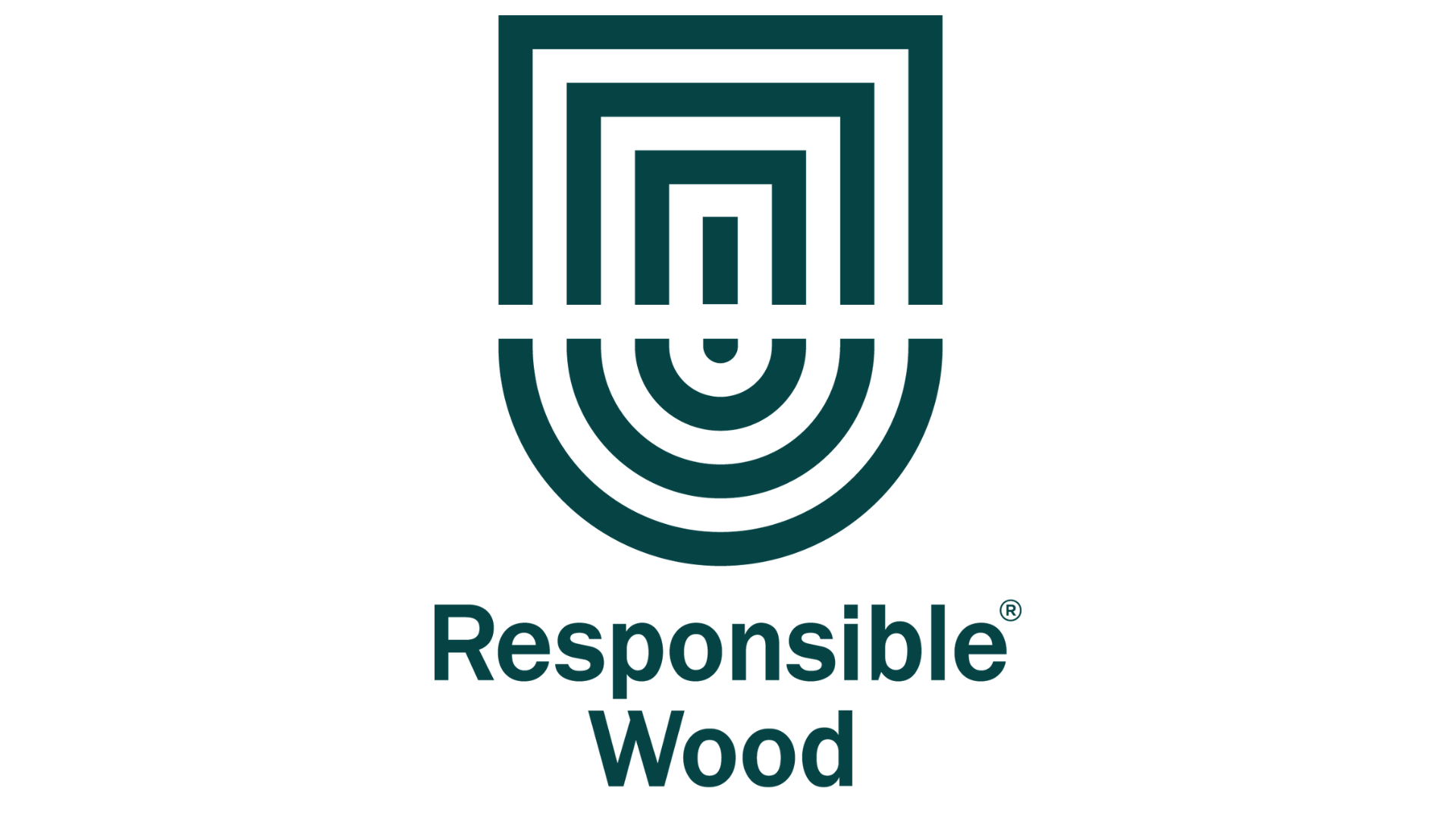Role of Moisture in the Long-Term Performance of Mass Timber Building Elements
Project Description
Moisture intrusion in mass timber buildings has important implications for both physical performance and risk of biological degradation. This project will build upon previous research to develop a better understanding of moisture ingress pathways, the implications of wetting on building elements and help identify methods for excluding moisture or removing moisture once it has entered a structure. The results will help architects and engineers identify effective strategies for moisture exclusion and guide erectors on best practices for moisture management. The results will provide direct benefit to the mass timber building community but will also be applicable to other timber structures.
Objectives
Assess effects of wetting regimes on moisture uptake and connector performance of mass timber elements particularly looking into the biological degradation (mould and decay) and its impact on structure;
Monitor moisture level in a mass timber building on the UniSC campus under sub-tropical conditions;
Combine these data with smaller-scale results to develop predictive models and supplemental moisture management recommendations.
Tasks include:
- Installation of sensors and monitoring moisture levels in a mass timber building on the UniSC campus
- A HDR student to be hired and a work plan prepared
- Project to start on assessing the effects of different wetting regimes on moisture uptake and connector performance of mass timber elements
- A report on sensor’s data on moisture monitoring levels at UniSc campus
- Report on assessing the effects of different wetting regimes on moisture uptake and connector performance
- Project to start by assesing the effects of different temperatures and humidities on the biological performance of mass timber elements
- A report on sensor’s data on moisture monitoring levels at UniSc campus
- A report on the effects of different temperatures and humidities on the biological performance of mass timber elements
- Combining these data with smaller-scale results to develop predictive models and prepare a final report on supplemental moisture management
Targeted industry focused outcomes
- Improved understanding: Develop a comprehensive understanding of moisture ingress pathways in mass timber buildings.
- Risk reduction: Identify implications of moisture intrusion on physical performance and risk of biological degradation.
- Effective strategies: Provide architects and engineers with effective strategies for moisture exclusion in building design.
Industry Impact Statement:
This project aims to significantly enhance the resilience and longevity of mass timber buildings by addressing the critical issue of moisture intrusion. By advancing our understanding of moisture ingress pathways and implications, the project will empower industry professionals to adopt proactive measures for moisture exclusion and management.
Measurement of Impact:
Publication on the best practices for moisture management during construction and post-construction will be generated via “wood solution” and presented at mass timber conferences and meetings. Discussions with architects and engineers will be done to gauge the adoption and effectiveness of strategies recommended by the project. A minimum of 5 publications are planned, with at least 3 co-authored with industry. Some of these publications will be cross-disciplinary between Engineering-architecture-and-human behaviour.
Objectives/Deliverables
- Installation of sensors and monitoring moisture levels in a mass timber building on the UniSC campus;
- A report on sensor’s data on moisture monitoring levels at UniSc campus;
- Report on assessing the effects of different wetting regimes on moisture uptake and connector performance;
- A report on the effects of different temperatures and humidities on the biological performance of mass timber elements
- Final Report – Project Completion Date
Project Leader/s
Tripti Singh
Project Leader; Chief Investigator
University of the Sunshine Coast
Project Staff
PhD Candidate
PhD Scholarship Opportunity
Zidi Yan
Research Fellows
University of the Sunshine Coast
Project Investigators
Tripti Singh
Project Leader; Chief Investigator
University of the Sunshine Coast
Tom Watts
Affiliate Investigator
Hyne
Patrick Thornton
Partner Investigator
Loggo Pty Ltd
Simon Dorries
Partner Investigator
Responsible wood
Keith Crews
Research Hub Director; Executive Board Member
The University of Queensland
Lily Tandeani
Partner Investigator
Tzannes Associates
Marc Micuta
Affiliate Investigator
Tzannes
Lead Project Partner Organisation

